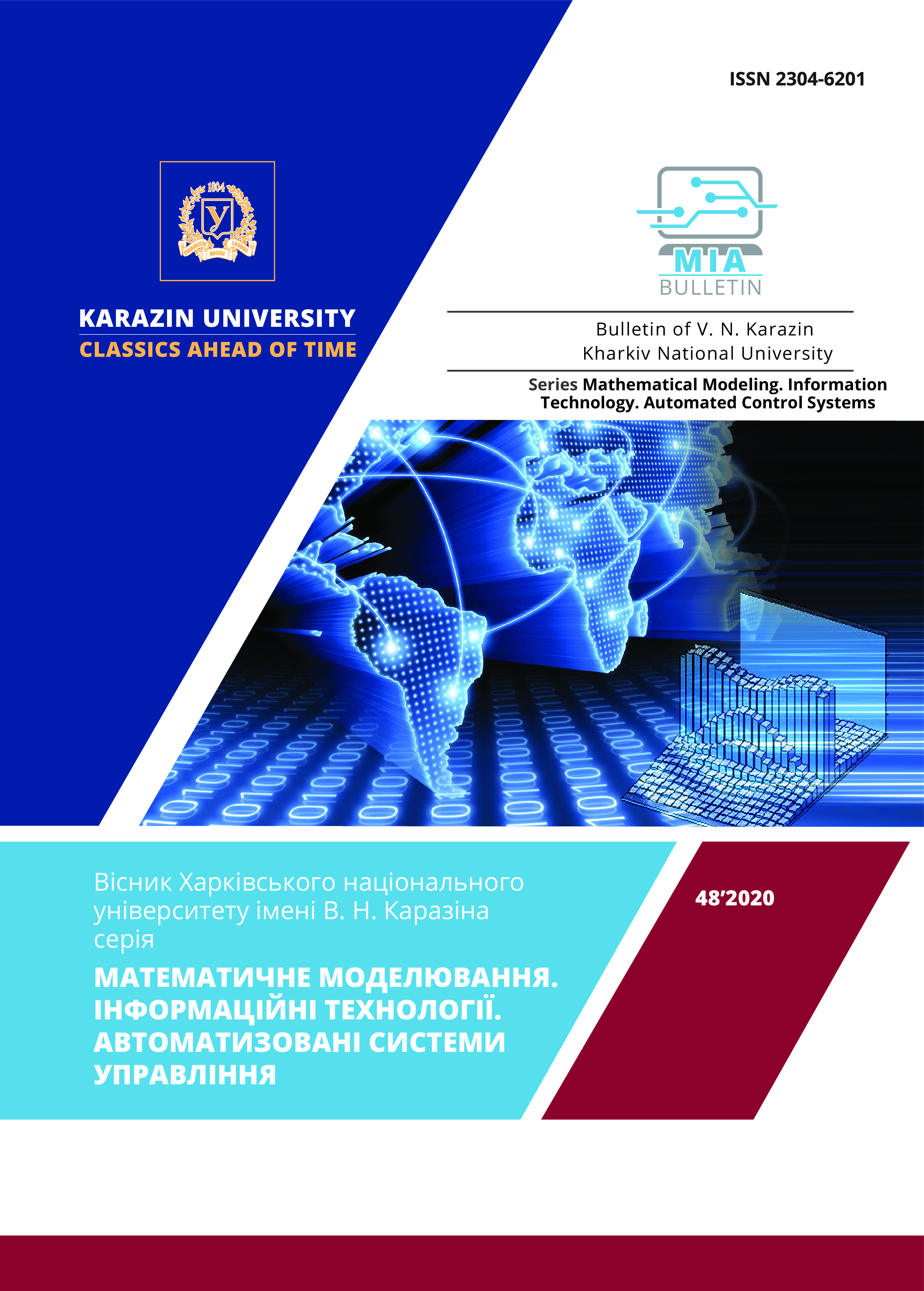Mathematical modeling of the dynamics of the COVID-19 pandemic
Abstract
The detailed review of mathematical models represented by the systems of ordinary differential equations (ODE) and used to study the complex interconnected mechanisms and pathways of the spread of infection diseases over a country, a region or worldwide is presented. The most popular models are based on functional interconnections between the groups of susceptible, exposed, infected and recovered individuals in the community (SIRS and SEIRS models). It is shown that in some cases the number of ODE can be decreased. The SEIRS models and their recent modifications are discussed. The generalized SEIRS-model, which has six parameters and takes into account the noticeable decrease in the availability and quality of medical care with a rapid increase in the number of infected patients, is considered. The asymptotic stability of the stationary solution of the system is studied, and some analytical estimates of the basic reproduction number (BRN) of infection R0 are presented. It is shown that, depending on the model parameters, a bifurcation in the behaviour of the dynamical system is possible. In those cases the dynamical system could transfer from the conditions with one stability criterion R01<0 to another R02<0 during the same “wave” of the pandemic in the country. The model has been validated on the data for Indonesia obtained from the open sources. The numerical calculations by using the statistical data for a number of European countries, including Ukraine, have been carried out. It is shown that the stability parameter for the model system of ODE corresponds to the BRN index of secondary infection calculated by the statistical analysis of the epidemiological data. The obtained results can be used in the decision making about the measures against the COVID-19 propagation in a given country or region.
Downloads
References
/References
J.T. Wu, K. Leung, G.M. Leung, “Nowcasting and forecasting the potential domestic and international spread of the 2019-nCoV outbreak originating inWuhan, China: a modelling study”. The Lancet, 2020, Vol. 395, (10225), P. 689–697 https://doi.org/10.1016/S0140-6736(20)30260-9
K.J. Friston, T. Parr, P. Zeidman, et al. “Testing and tracking in the UK: A dynamic causal modelling study”. Wellcome Open Res., 2020, Vol.5, P.144 https://wellcomeopenresearch.org/articles/5-144
G. Giordano, F. Blanchini, R. Bruno, et al. “Modelling the COVID-19 epidemic and implementation of population-wide interventions in Italy”. Nature Medicine, 2020, Vol.26, P. 855–860 https://doi.org/10.1038/s41591-020-0883-7
D. Aldila, S.H.A. Khoshnaw, E. Safitri, et al., “A mathematical study on the spread of COVID-19 considering social distancing and rapid assessment: The case of Jakarta, Indonesia”. Chaos, Solitons and Fractals, 2020, 139, 110042 https://doi.org/10.1016/j.chaos.2020.110042
N. Bacaër, A. Short, History of Mathematical Population Dynamics. Springer-Verlag, London, 2011, 162 р. https://doi.org/10.1007/978-0-85729-115-8
Wang Z., Bauchc Ch.T., Bhattacharyya S., et al. Statistical physics of vaccination. Physics Reports. 2016. Vol.664. P.1-113. http://dx.doi.org/10.1016/j.physrep.2016.10.006
G.I. Marchuk Mathematical modeling in immunology, Nauka, Moscow, 1985, 239 p. (in Russian) http://prometeus.nsc.ru/science/schools/marchuk/biblio/cont1985.ssi
S. Samanta, V.K. Dubey, B. Sarkar, “Measure of influences in social networks”. Applied Soft Computing Journal, 2020 (in press) https://doi.org/10.1016/j.asoc.2020.106858
C.A. Varotsos, V.F. Krapivin, “A new model for the spread of COVID-19 and the improvement of safety”. Safety Science, 2020, Vol.132 (104962) https://doi.org/10.1016/j.ssci.2020.104962
Wu J.T., Leung K., Leung G.M. Nowcasting and forecasting the potential domestic and international spread of the 2019-nCoV outbreak originating inWuhan, China: a modelling study. The Lancet. 2020. Vol. 395(10225), P. 689–697. https://doi.org/10.1016/S0140-6736(20)30260-9
Friston K.J., Parr T., Zeidman P., et al. Testing and tracking in the UK: A dynamic causal modelling study. Wellcome Open Res. 2020. Vol.5. P.144. https://wellcomeopenresearch.org/articles/5-144
Giordano G., Blanchini F., Bruno R., et al. Modelling the COVID-19 epidemic and implementation of population-wide interventions in Italy. Nature Medicine. 2020. Vol.26, P. 855–860. https://doi.org/10.1038/s41591-020-0883-7
Aldila D., Khoshnaw S.H.A., Safitri E., et al. A mathematical study on the spread of COVID-19 considering social distancing and rapid assessment: The case of Jakarta, Indonesia. Chaos, Solitons and Fractals. 2020. 139. 110042 https://doi.org/10.1016/j.chaos.2020.110042
Bacaër N., Short A. History of Mathematical Population Dynamics. Springer-Verlag, London. 2011. 162 р. https://doi.org/10.1007/978-0-85729-115-8
Wang Z., Bauchc Ch.T., Bhattacharyya S., et al. Statistical physics of vaccination. Physics Reports. 2016. Vol.664. P.1-113. http://dx.doi.org/10.1016/j.physrep.2016.10.006
Марчук Г.И. Математические модели в иммунологии. М.: Наука, 1985. 239 с. http://prometeus.nsc.ru/science/schools/marchuk/biblio/cont1985.ssi
Samanta S., Dubey V.K., Sarkar B. Measure of influences in social networks. Applied Soft Computing Journal. 2020. (in press) https://doi.org/10.1016/j.asoc.2020.106858
Varotsos C.A., Krapivin V.F. A new model for the spread of COVID-19 and the improvement of safety. Safety Science. 2020. Vol.132 (104962). https://doi.org/10.1016/j.ssci.2020.104962




